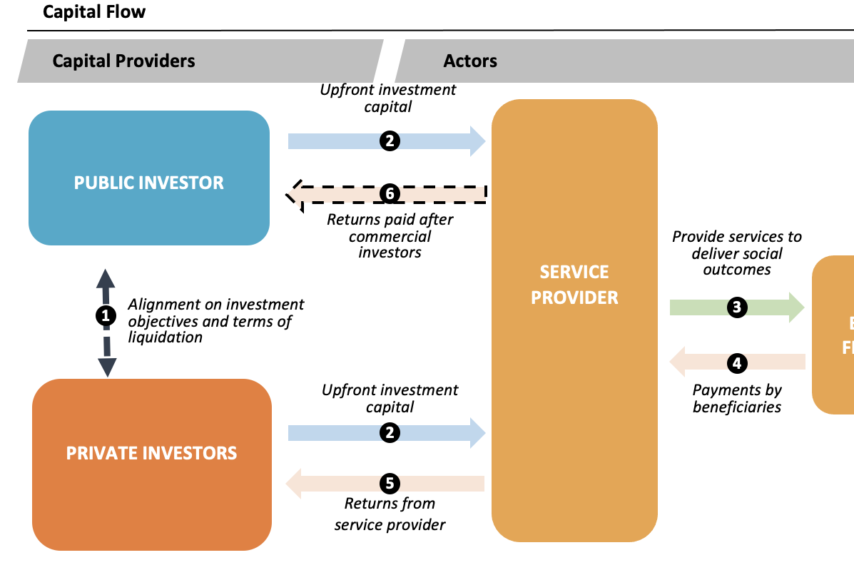|
Read what our current interns have to say about their experience at HFI:
“Only a few weeks into my internship at HFI and I've already gained a whole new perspective in leveraging innovative financial instruments to address hard societal issues.”
- Akshat Jain, Summer Impact Investing Intern, MBA Student at Northwestern University
“I was intrigued by the level of dedication and rigor the team members at HFI brought in each and every day. The supportive environment and the amazing team culture made my internship experience not just intellectually stimulating, but also a fun-filled, happy experience.”
- Shefali Sharma, Summer Business Development Intern, MPA Student at Columbia University
|
